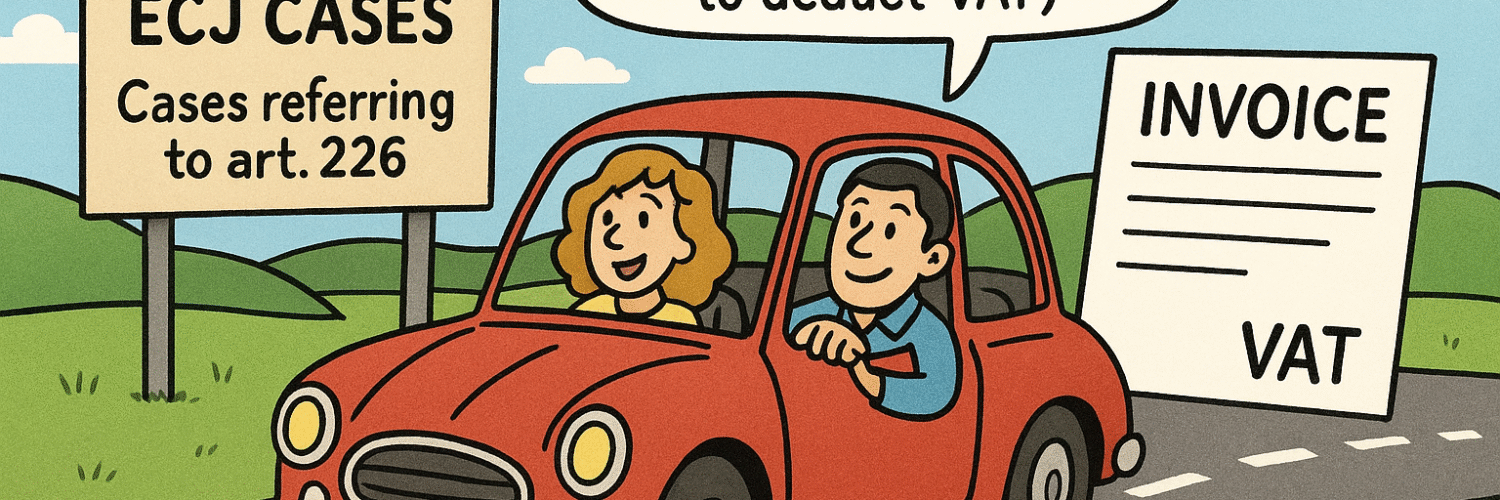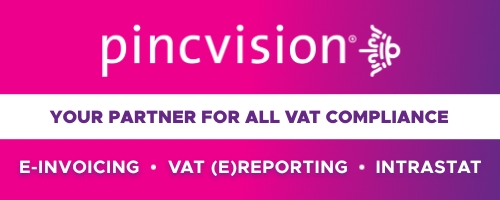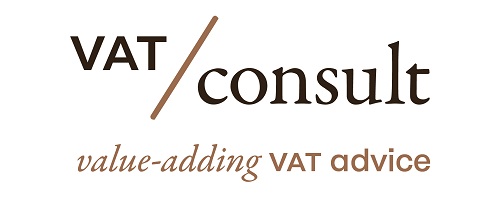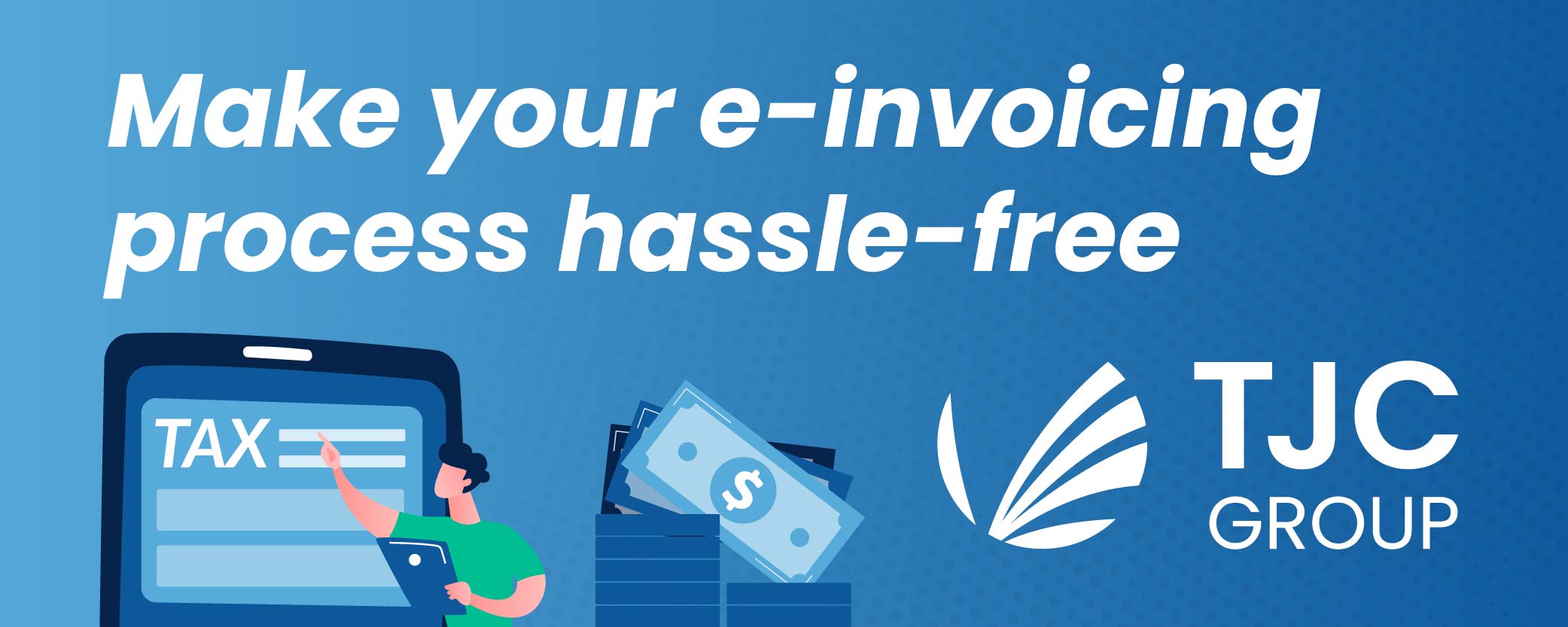Last updated: August 25, 2025
The importance of art. 226 of the EU VAT Directive 2006/112/EC
Article 226 of the EU VAT Directive 2006/112/EC plays a crucial role in ensuring transparency, consistency, and compliance across the European Union’s VAT system. Here’s why it’s important:
Purpose of Article 226
It lists the mandatory information that must appear on VAT invoices issued by taxable persons. This includes:
- The date of issue
- A unique invoice number
- The supplier’s and customer’s VAT identification numbers
- Description of goods or services
- Quantity and price
- VAT rate and amount
- Any exemptions or reverse charge mechanisms
Why It Matters
- Uniformity Across Member States: By standardizing invoice content, Article 226 helps ensure that VAT documentation is consistent throughout the EU, making cross-border trade smoother.
- Facilitates Audits and Controls: Clear and complete invoices enable tax authorities to verify transactions and detect fraud more effectively.
- Supports VAT Refunds and Deductions: Businesses need compliant invoices to claim input VAT deductions or refunds, especially in cross-border scenarios.
- Legal Certainty: It provides a legal framework that protects both suppliers and customers by clearly defining what constitutes a valid VAT invoice.
️ Compliance and Enforcement
Failure to include the required details can lead to:
- Rejection of VAT deduction claims
- Penalties or fines
- Increased scrutiny from tax authorities
In short, Article 226 is the backbone of VAT invoicing in the EU. It’s not just bureaucratic red tape—it’s what keeps the system fair, transparent, and functional.
Article in the EU VAT Directive 2006/112/EU
Article 226
Without prejudice to the particular provisions laid down in this Directive, only the following details are required for VAT purposes on invoices issued pursuant to Articles 220 and 221:
(1) the date of issue;
(2) a sequential number, based on one or more series, which uniquely identifies the invoice;
(3) the VAT identification number referred to in Article 214 under which the taxable person supplied the goods or services;
(4) the customer’s VAT identification number, as referred to in Article 214, under which the customer received a supply of goods or services in respect of which he is liable for payment of VAT, or received a supply of goods as referred to in Article 138;
(5) the full name and address of the taxable person and of the customer;
(6) the quantity and nature of the goods supplied or the extent and nature of the services rendered;
(7) the date on which the supply of goods or services was made or completed or the date on which the payment on account referred to in points (4) and (5) of Article 220 was made, in so far as that date can be determined and differs from the date of issue of the invoice;
(7a) where the VAT becomes chargeable at the time when the payment is received in accordance with Article 66(b) and the right of deduction arises at the time the deductible tax becomes chargeable, the mention “Cash accounting”;
(8) the taxable amount per rate or exemption, the unit price exclusive of VAT and any discounts or rebates if they are not included in the unit price;
(9) the VAT rate applied;
(10) the VAT amount payable, except where a special arrangement is applied under which, in accordance with this Directive, such a detail is excluded;
(10a) where the customer receiving a supply issues the invoice instead of the supplier, the mention “Self-billing”;
(11) in the case of an exemption, reference to the applicable provision of this Directive, or to the corresponding national provision, or any other reference indicating that the supply of goods or services is exempt;
(11a) where the customer is liable for the payment of the VAT, the mention “Reverse charge”;
(12) in the case of the supply of a new means of transport made in accordance with the conditions specified in Article 138(1) and (2)(a), the characteristics as identified in point (b) of Article 2(2);
(13) where the margin scheme for travel agents is applied, the mention “Margin scheme — Travel agents”;
(14) where one of the special arrangements applicable to second-hand goods, works of art, collectors’ items and antiques is applied, the mention “Margin scheme — Second-hand goods”; “Margin scheme — Works of art” or “Margin scheme — Collector’s items and antiques” respectively”;
(15) where the person liable for payment of VAT is a tax representative for the purposes of Article 204, the VAT identification number, referred to in Article 214, of that tax representative, together with his full name and address.
ECJ Cases Decided
- C-123/87 (Jeunehomme) and 330/87 (EGI SA) – Deduction can be refused in case of missing Invoicing requirements
- C-484/06 (Koninklijke Ahold) – No obligation to round down the amount of VAT per item
- C 95/07 and C 96/07 (Ecotrade)
- C-368/09 (Pannon Gép Centrum Kft. ) – Right to deduct VAT in case of incompliant invoices
- C-438/09 (Dankowski) – There is a Right to deduct VAT in case the invoice is issued by a non-registered business
- C-80/11 (Mahagében) & C-142/11 (Dávid) – Responsibility of tax authorities to carry out the necessary inspections of businesses in order to detect VAT fraud
- C-189/11 (Commission vs. Spain)
- C-324/11 ( Tóth) – Right to deduct VAT if the business operator’s licence of the issuer of the invoice had been withdrawn
- There is a right to deduct value added tax due or paid for services provided to him solely on the ground that the business operator’s licence of the issuer of the invoice had been withdrawn before he provided the services in question or issued the invoice for them, where that invoice contains all the information required by Article 226 of that directive, in particular the information necessary to identify the person who drew up the invoice and the nature of the services supplied.
- C-78/12 (Evita K EOOD) – Acquisition of a right of ownership of the goods concerned and right to deduct VAT
- C-18/13 (Maks Pen EOOD) – No right to deduct VAT if a claim is made in case of fraud or abuse
- Point 47: Any failure by the service provider to complete certain accounting requirements cannot call in question the right of deduction to which the recipient of services supplied is entitled in respect of the VAT paid for those services, where the invoices relating to the services supplied contain all the information required by Article 226 of Directive 2006/112 (see, to that effect, Case C‑324/11 Tóth [2012] ECR, paragraph 32).
- C-516/14 (Barlis) – Vague description of the services and the dates may not lead to refusal of VAT deduction
- C-518/14 (Senatex) – VAT deduction for non-compliant invoices
- C-446/15 (Signum Alfa Sped) – Right to deduct VAT even if the issuer of those invoices could not have been the actual supplier of those services
-
C-374/16 & C-375/16 (Geissel and Butin) – Supplier address not crucial for input VAT deduction
- C-664/16 (Vadan) – No right to deduct VAT in the absence of invoices
- C-320/17 (Marle Participations) – Involvement of a holding in management of subsidiaries; Letting of building by holding company to subsidiary
- C-691/17 (PORR Építési Kft.) – Refusal to deduct VAT in case VAT reverse charge is not applied
- C-491/18 (Mennica Wrocławska) – Incorrect description of the goods on the invoices
- C-610/19 (Vikingo Fővállalkozó Kft.) – Right to deduct VAT even if invoices cannot be considered credible
- C-80/20 (Wilo Salmson France) – Cancellation and reissuance of invoice does not change period for which VAT refund can be requested
- C-154/20 (Kemwater ProChemie) – No Right to deduct VAT on services supplied by an unknown entity
- C-235/21 (RAIFFEISEN LEASING) – Judgment – A written contract may exceptionally be regarded as an invoice
- C-519/21 (DGRFP Cluj) – Right to deduct VAT even if status of taxable person can not be established
- C-690/22 (Shortcut) – Order – Authorities can not restrict right to deduct VAT if nvoices include a generic description of the services provided
- C-709/22 (Syndyk Masy Upadlosci A) – Split payment: Separate VAT account may be used only for limited purposes
- C-624/23 (SEM Remont) – VAT Deduction Denied for Late Registration and Non-Compliant Invoicing
- C-270/24 (Granulines Invest) – Order – ECJ upholds VAT Deduction Rights Amid Invoice Discrepancies and Fraud Allegations
Pending ECJ Case
- None
Briefing documents & Podcasts
C-516/14 (Barlis) – No refusal to deduct VAT solely based on formal invoice defects – VATupdate
C-518/14 (Senatex) – Deduction of Input VAT and Invoice Correction – VATupdate
C-691/17 (PORR Építési Kft.): VAT Reverse Charge, Deduction Rights and Reimbursement Principles
- Join the Linkedin Group on ECJ/CJEU/General Court VAT Cases, click HERE
- VATupdate.com – Your FREE source of information on ECJ VAT Cases
Latest Posts in "European Union"
- VAT and Transfer Pricing – Four recent cases @ ECJ/CJEU – 3 cases decided, 1 case pending
- Briefing document & Podcast: ECJ C-580/16 (Hans Bühler) – Late submission of recapitulative statements should not disqualify a business from exemptions
- ECJ/General Court VAT Cases – Pending cases
- New ECJ VAT Case T-680/25 (Mercedes Benz) – No details known yet
- Agenda of the ECJ/General Court VAT cases – 3 Judgments, 3 AG Opinions till November 13, 2025














